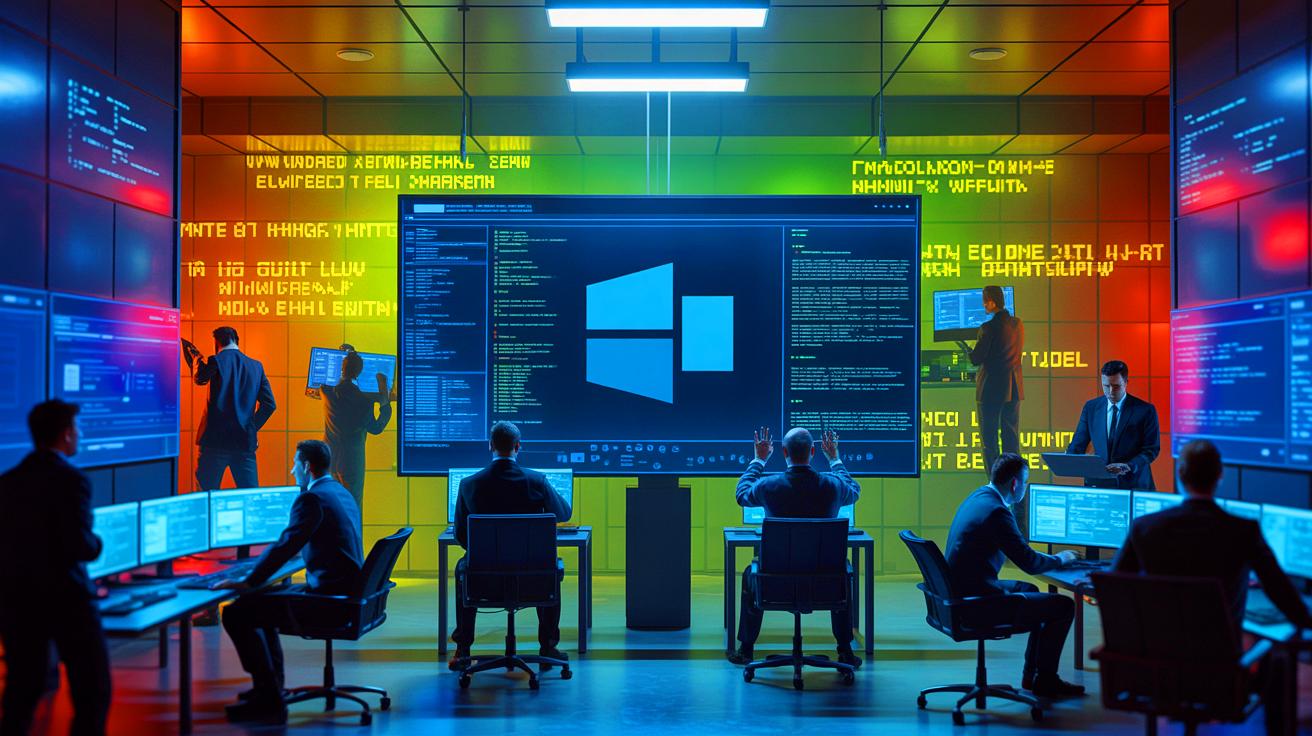

| IN A NUTSHELL |
|
In a rapidly evolving digital landscape, the threat of cyberattacks looms larger than ever. Recent revelations have highlighted vulnerabilities in Microsoft’s SharePoint software, exploited by Chinese state-backed hackers to infiltrate key US agencies, including the National Nuclear Security Administration (NNSA). This alarming development underscores the importance of robust cybersecurity measures. As organizations scramble to patch their defenses, questions linger about the effectiveness of these fixes and the global implications of such breaches. This article delves into the recent cyberattacks, the entities affected, and the broader cybersecurity challenges facing the digital world.
US Nuclear and Education Agencies Compromised
The breach of the NNSA is particularly concerning, given its role in managing the design and maintenance of the United States’ nuclear arsenal. While initial reports suggest that no classified information was stolen, the mere breach of such a critical agency is a stark reminder of the vulnerabilities inherent in even the most secure systems. An official spokesperson for the Department of Energy confirmed that the attack began on July 18, but damage was somewhat mitigated by the department’s use of Microsoft’s cloud services, which offer multiple layers of security. This incident highlights the importance of transitioning to more secure, cloud-based systems.
However, the NNSA was not alone in its vulnerability. Hackers also targeted the US Department of Education, Florida’s Department of Revenue, and the Rhode Island General Assembly, among others. Despite the seriousness of these breaches, several of the affected entities have remained tight-lipped, declining to provide additional details about the extent of the damage or the steps being taken to address it. Cybersecurity experts have identified compromises in over 100 servers across 60 different organizations, painting a grim picture of the current state of cyber defenses.
Patches Fail to Prevent Persistent Access
Microsoft quickly released patches in an attempt to close the security breaches, but attackers have proven adept at circumventing these measures. Eye Security, a firm involved in the investigation, noted that the vulnerabilities allowed hackers to steal authentication keys and maintain access even after systems were updated and rebooted. This persistence of access is particularly troubling, as it suggests that attackers can remain within compromised systems for extended periods, posing ongoing risks to sensitive data.
According to Vaisha Bernard, chief hacker at Eye Security, these attacks were widespread rather than targeted, aiming to compromise as many systems as possible. The geographical reach of the breaches is vast, with victims in regions as diverse as Saudi Arabia, Vietnam, and the Americas. The data stolen includes usernames, passwords, and security tokens, which could enable hackers to conduct further attacks or impersonate legitimate users. This breach serves as a reminder of the importance of robust authentication measures and the need for continuous vigilance in cybersecurity practices.
Growing Scrutiny Over Microsoft’s Security Practices
In light of these breaches, Microsoft’s security practices have come under intense scrutiny. A 2024 US government report criticized the company for its inadequate security culture, prompting Microsoft to take several steps to address these concerns. The company has been holding regular meetings with top executives and hiring security experts, including former US government officials, to bolster its defenses. Despite these efforts, the recent breaches highlight ongoing challenges in ensuring the security of widely used software platforms.
The Chinese Embassy in Washington has rejected the allegations, stating that China opposes all forms of cybercrime and urging parties to base their conclusions on evidence rather than speculation. Nonetheless, cybersecurity experts believe these attacks are part of a broader strategy to exploit business software vulnerabilities for political and economic gain. This situation underscores the need for international cooperation and stringent cybersecurity protocols to safeguard sensitive information and maintain global digital security.
The Future of Cybersecurity
As the digital landscape continues to evolve, the need for robust cybersecurity measures becomes increasingly critical. The recent breaches demonstrate that even patched systems are not immune to sophisticated attacks. Microsoft has urged organizations to apply all available updates, transition to cloud-based systems, and implement multiple layers of security to detect and prevent suspicious activity. However, these measures represent just the beginning of a comprehensive strategy needed to combat the growing threat of cyberattacks.
The stakes are high, as the implications of compromised systems extend beyond individual organizations to impact national security and global stability. As we move forward, the question remains: how can we effectively safeguard our digital infrastructure to prevent future breaches and protect sensitive information from falling into the wrong hands?
This article is based on verified sources and supported by editorial technologies.
Did you like it? 4.5/5 (29)



